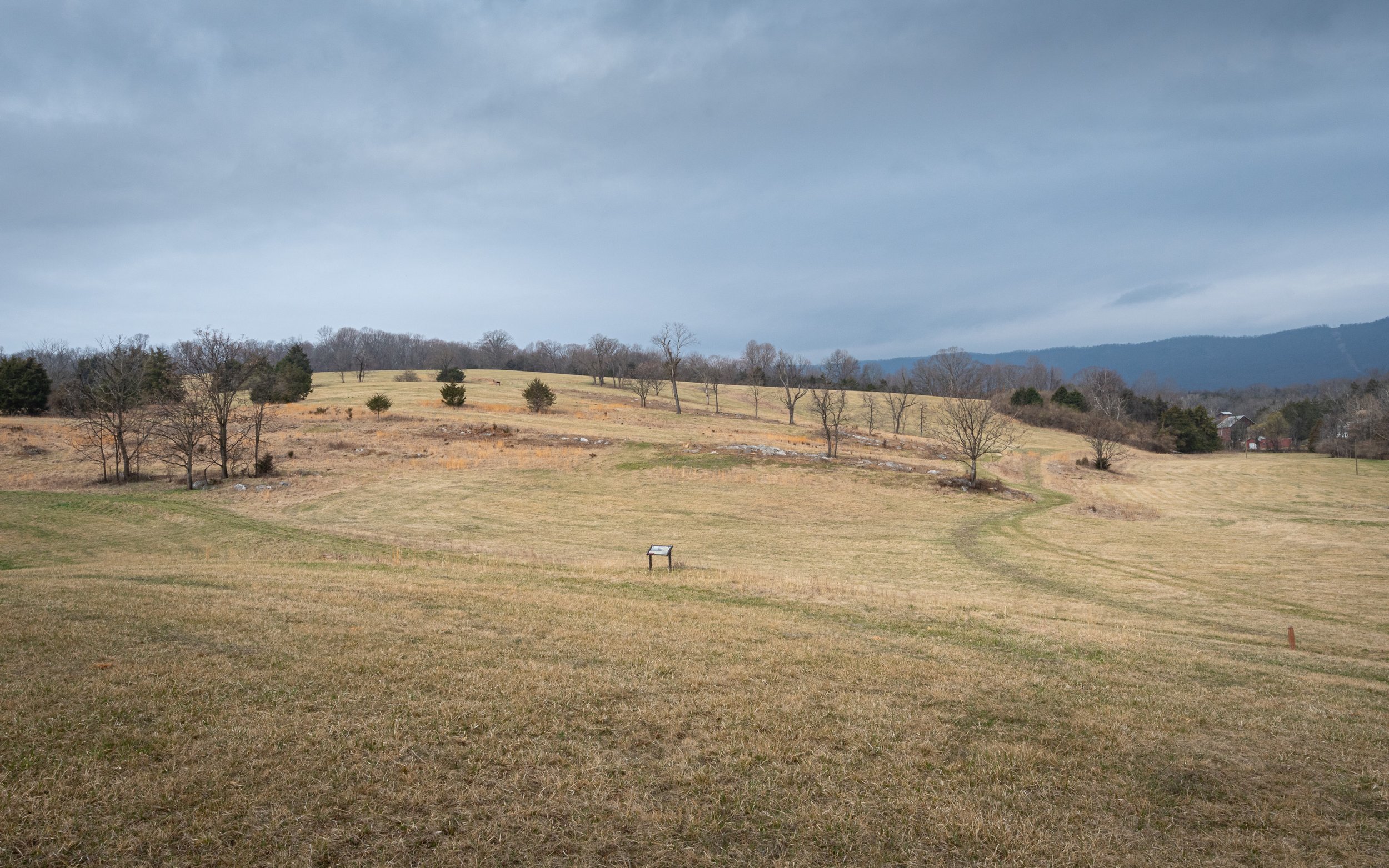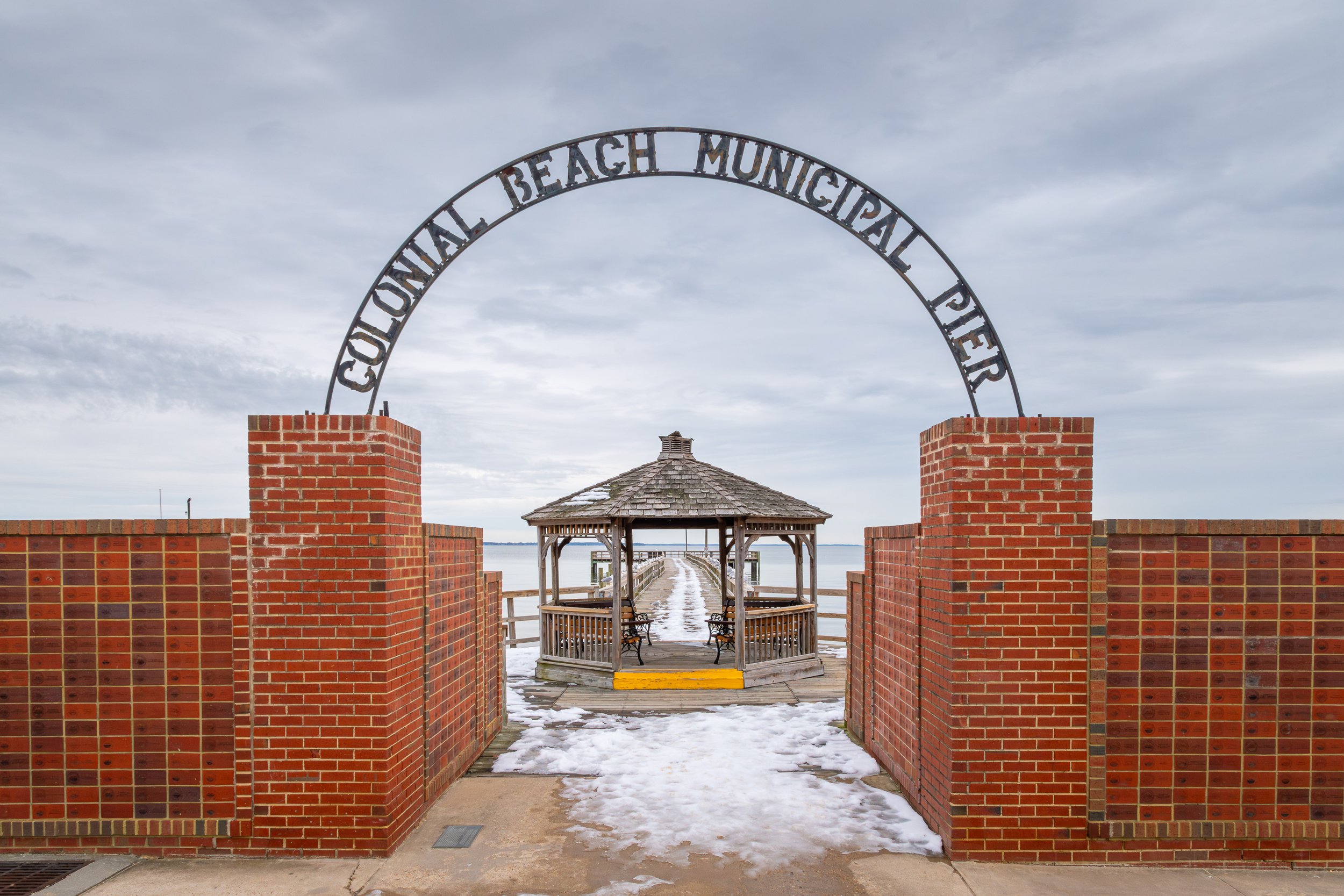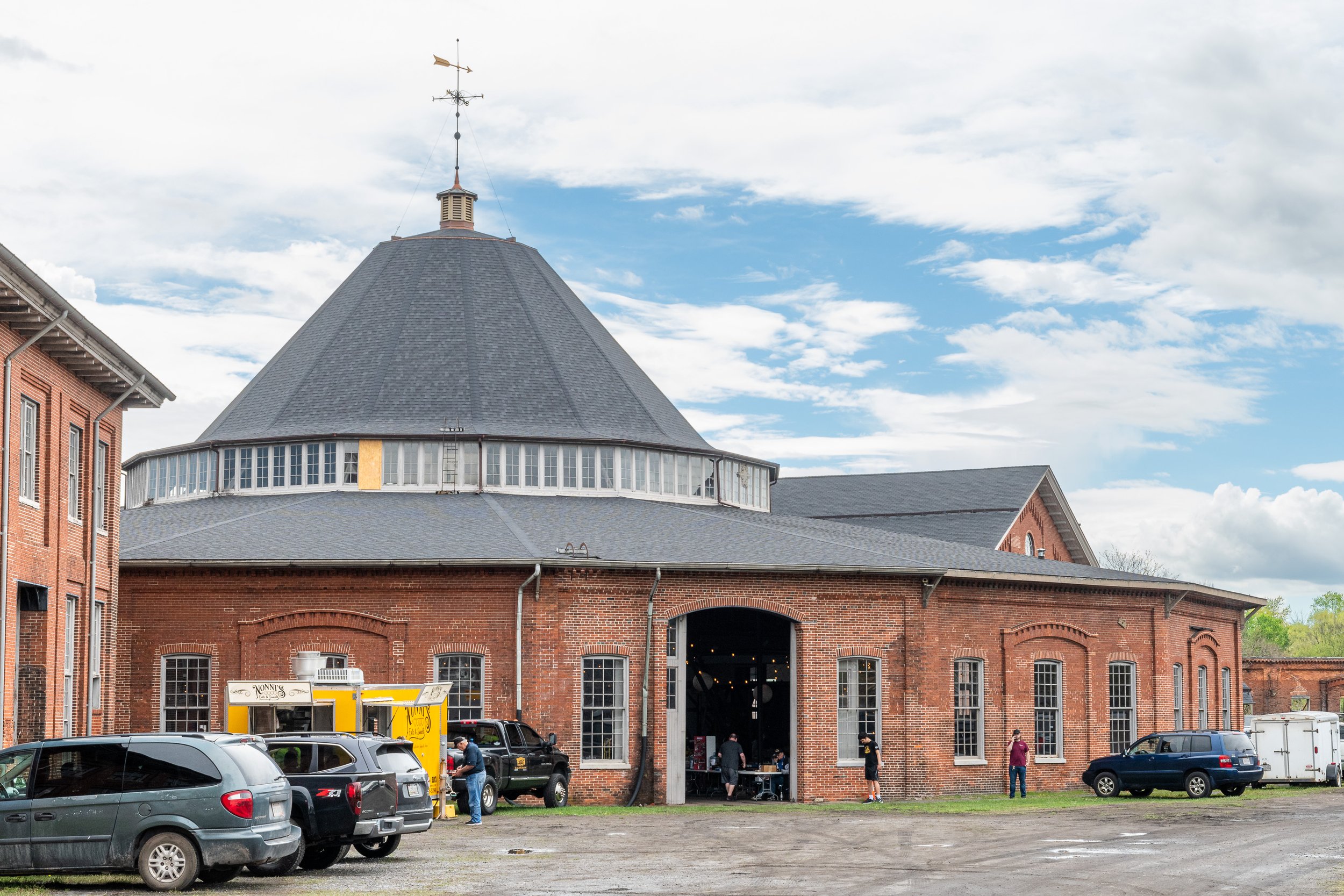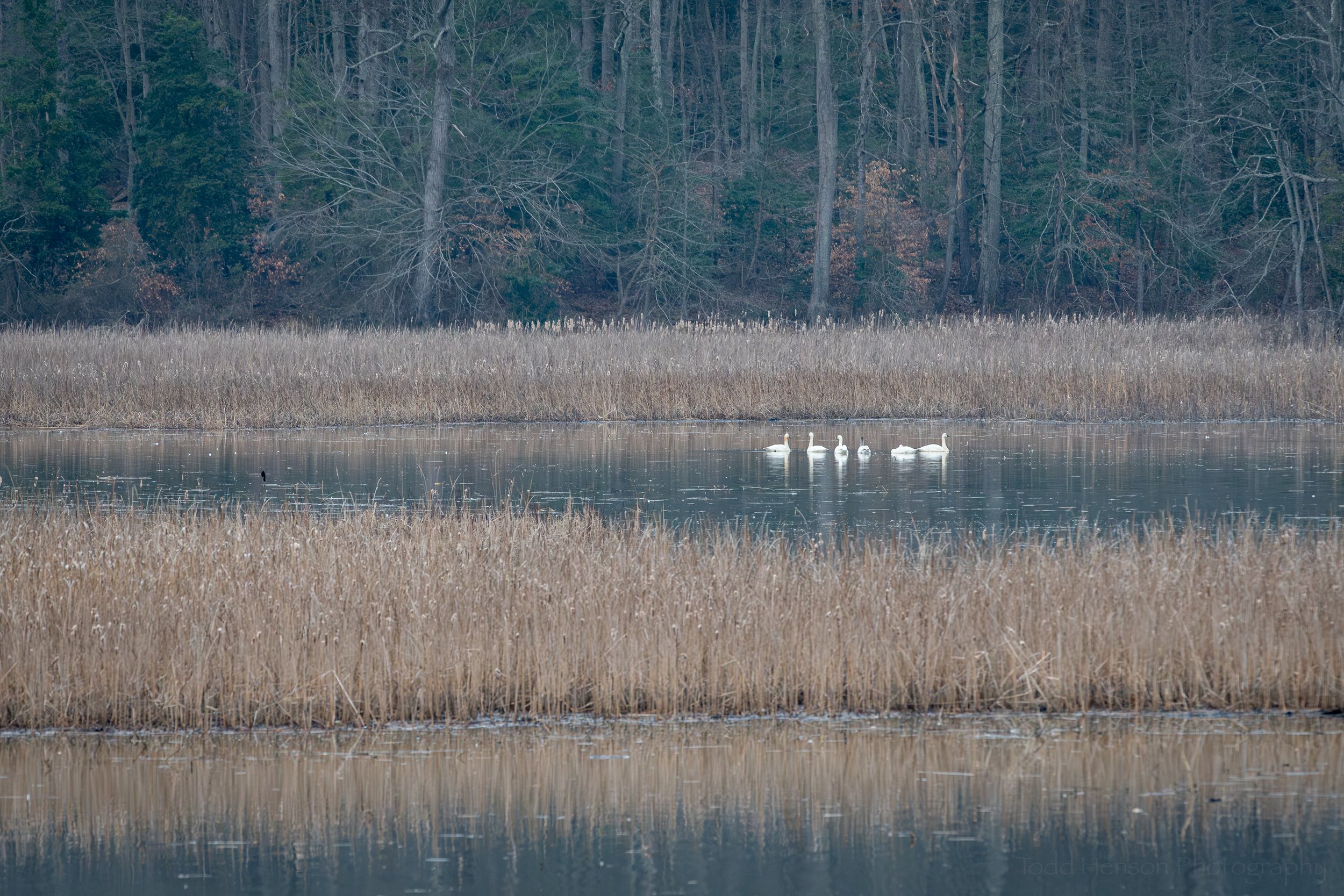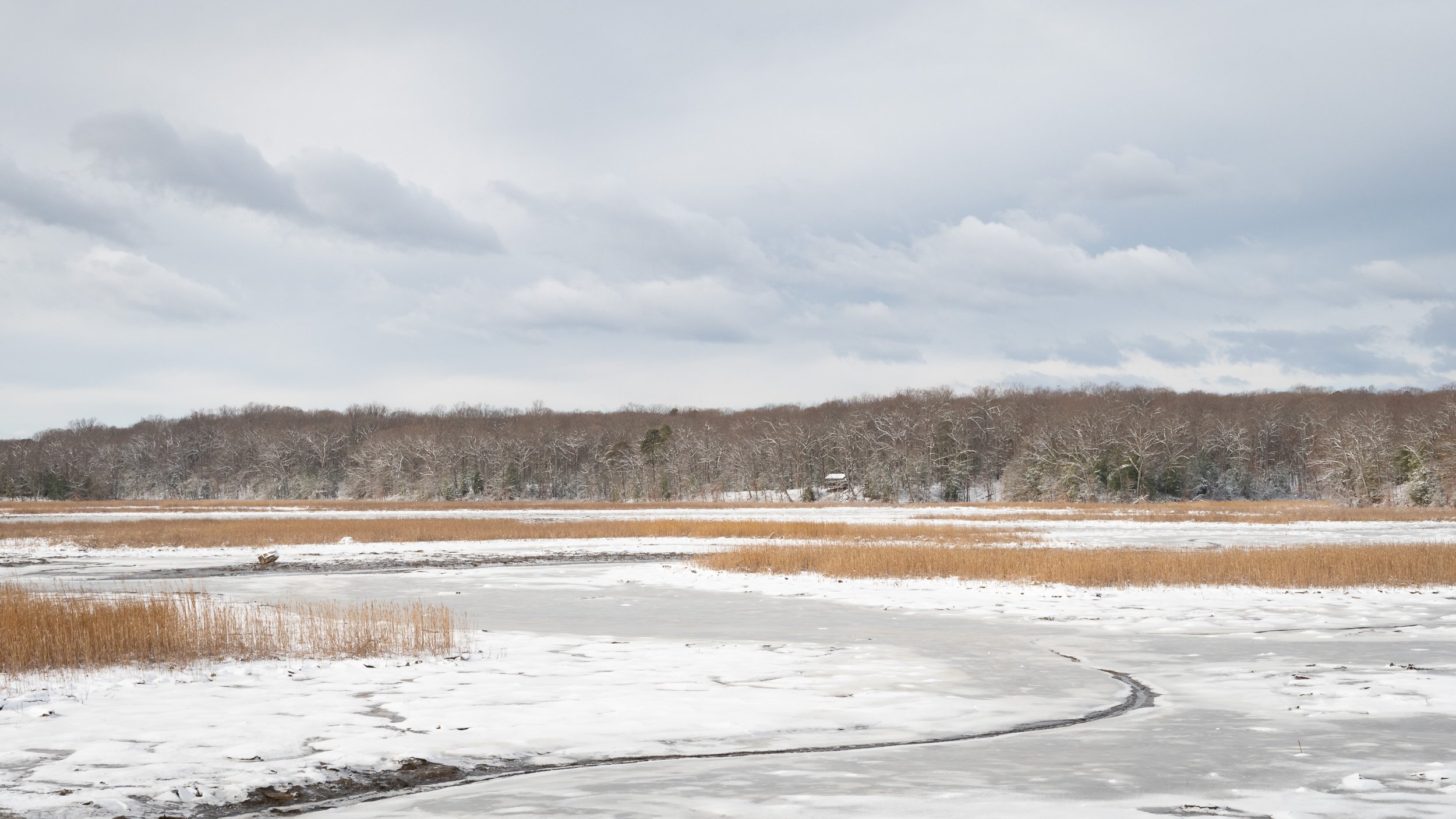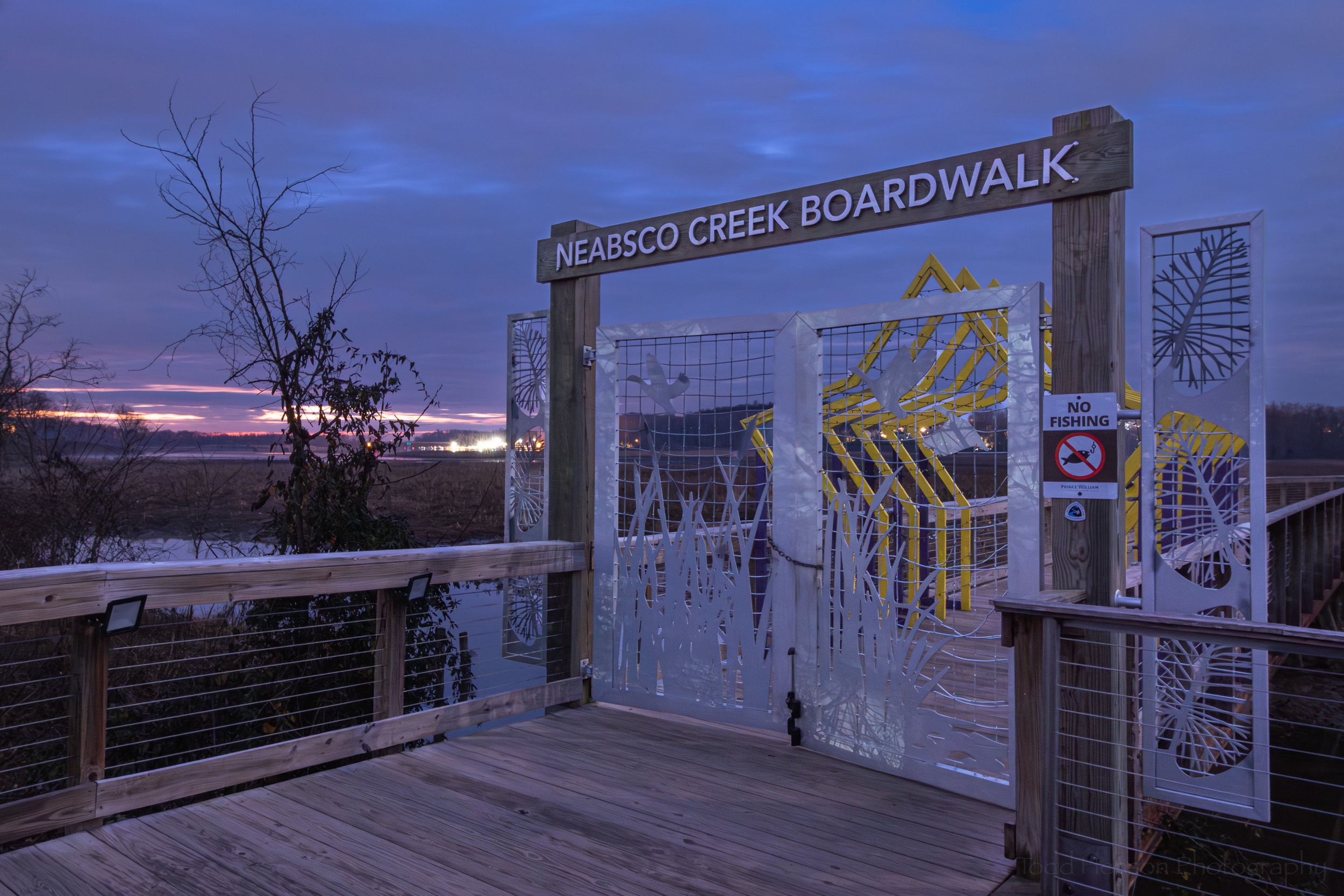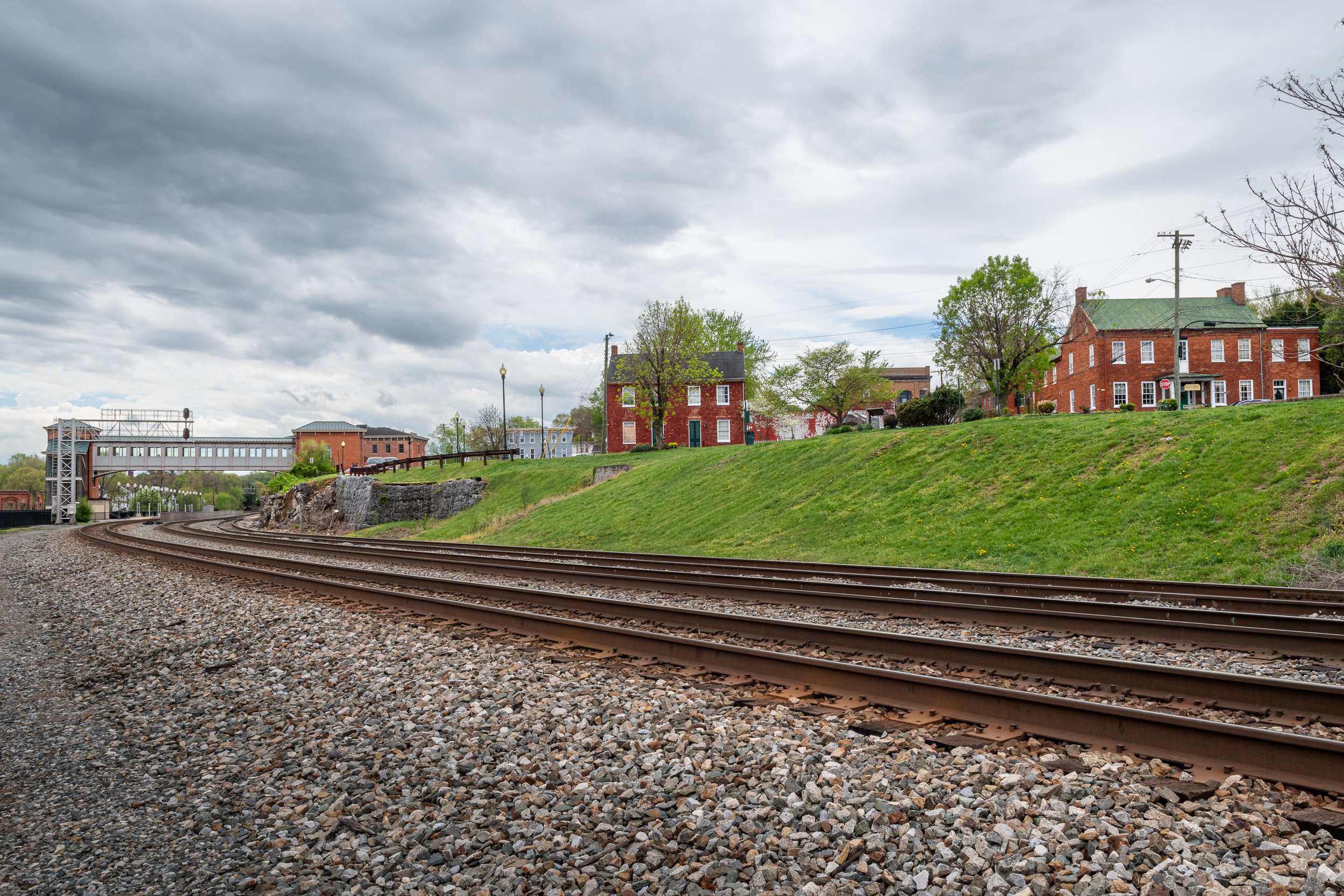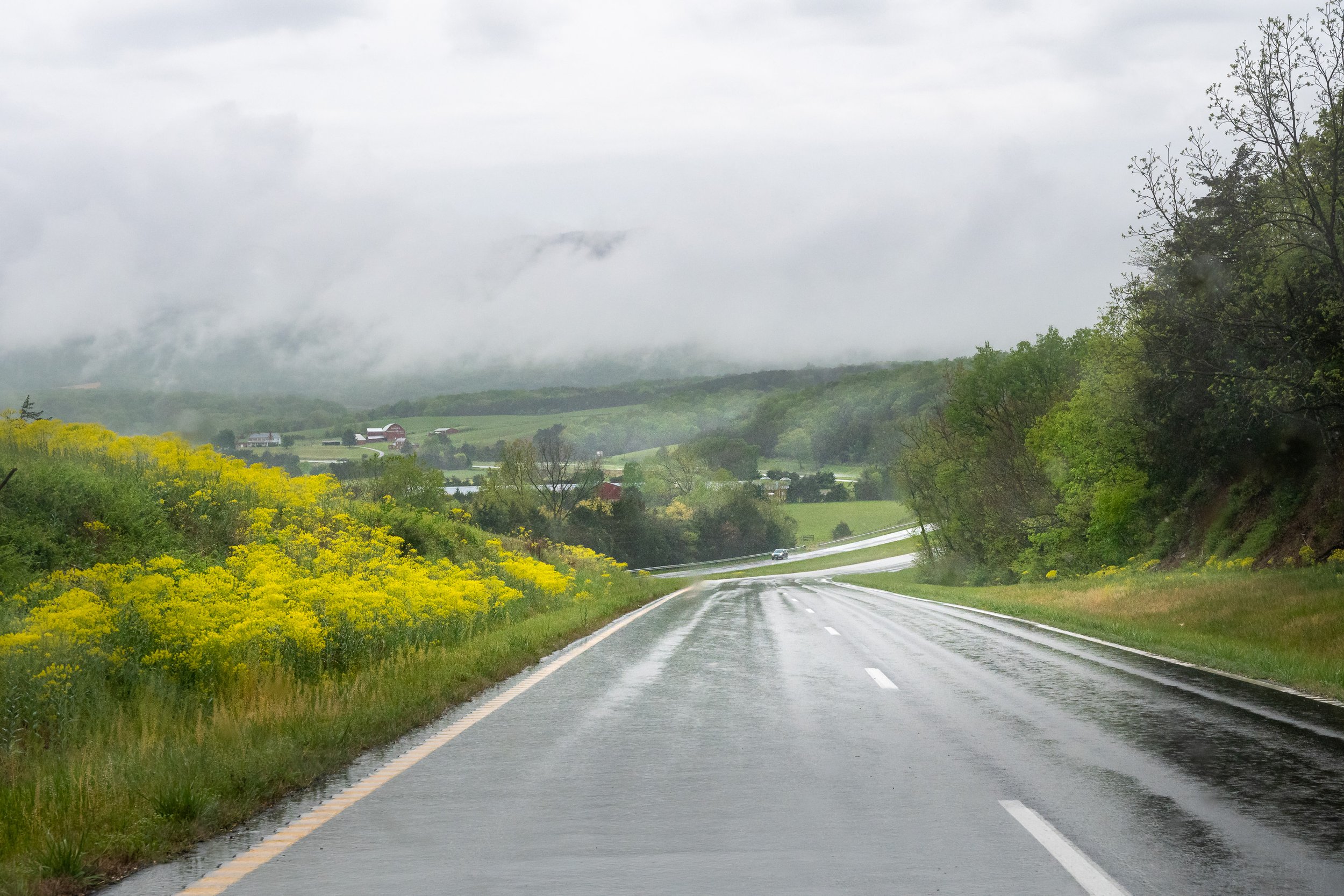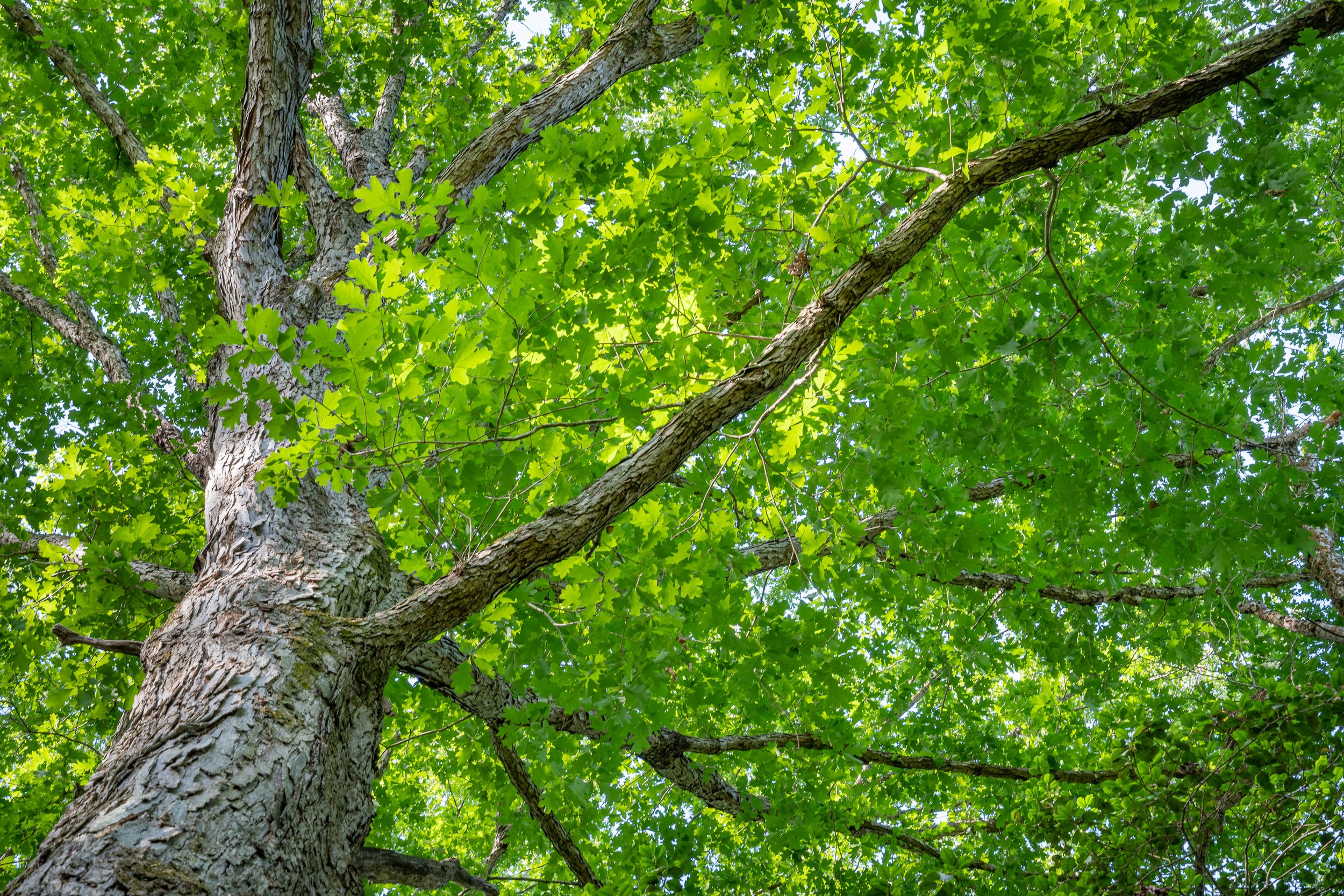On the last Saturday of May, 2023, my father and I decided to hike the trails of Widewater State Park in Virginia. This is a somewhat new park to us though we’ve now hiked it several times. It’s a fairly small park with a small number of trails, but what they have is enjoyable, fairly level, and always changing with the seasons. It offers a mix of forested trails, a small pond, some marshy areas, a wide portion of Aquia Creek, and a very wide part of the Potomac River.
This time we began at the main parking area and chose to hike Long Pond Trail towards the road. There were few clouds in the sky this morning and we got a bit of a late start, so the sun was really shining through the clearing as we approached Long Pond.
Long Pond Trail
When we reached the pond we turned right onto Holly Marsh Trail and hiked over the road to the other side of the park. Not too far into the woods I spotted movement amongst the ferns and when I slowly got down and looked closer I found an Eastern (or Northern) cricket frog, one of the smallest vertebrates in North America. To make it easier to see I framed it almost at the center of the photo. It has a nice light green stipe down its back.
An Eastern cricket frog among the ferns
We also found an Eastern grey squirrel foraging through the underbrush. It didn’t appear at all concerned about us and went about eating the small snack it had found in the leaves.
Snacking with a squirrel
When hiking in the woods I absolutely love looking up into the tree canopy. It’s beautiful the way the light shines through, backlighting the leaves. And I love the patterns of the branches and bark and leaves. In this case I chose a white oak to photograph.
White oak canopy
After looking up doesn’t it make sense to also look down? In this case I chose to focus on a small field of ferns.
Among the ferns
We were still hiking Holly Marsh Trail, which strangely enough parallels Holly Marsh. In the distance we could just begin to hear the sounds of boats on the Potomac River, almost 3 miles wide at this point.
Holly Marsh Trail
Pausing to allow a family to walk past us I noticed this small, young leaf growing directly out of the bark of a tree. I’m always fascinated when leaves grown on their own instead of from branches. I’m not certain, but this may be an example of an American sweet gum tree.
Perhaps a little sweet gum
Instead of hiking back the way we came we decided to walk along the road back to the other half of the park. Along the entrance to this section we saw a small clearing in the trees and within that clearing was a field of ferns and a single lichen-covered tree. The sun was fairly bright at this point so it did shine through and highlight some areas.
Small fern clearing
Along the side of the main road there are several sections of old rusted barbed wire that’s been there so long many trees have grown right around it. Along one stretch I watched as a pale damselfly landed on the wire. It proved very patient and allowed me to approach close enough for a photo.
Barbed wire damselfly
Last time we hiked this park we noticed some poison ivy growing on a tree right near a bench that faces Aquia Creek. As with last time I chose to photograph it, and in one of the photos I later found a harvestman resting on a leaf. It would appear harvestmen don’t have quite the same reaction to poison ivy as most of us might.
Harvestman on poison ivy
At this point we were very near the main parking lot and it was approaching noon, so after a short rest on the bench we took a last look out at Aquia Creek before leaving the park.
Approaching noon along Aquia Creek
I hope you’ve enjoyed this little walk along with us as we hiked Widewater State Park.
Do you enjoy these posts?
Sign up to receive periodic emails with updates and thoughts. Don’t worry, I won’t spam you. And please consider purchasing artwork or products from my online store, and using my affiliate links in the sidebar to the right when shopping online.
I appreciate your support!

